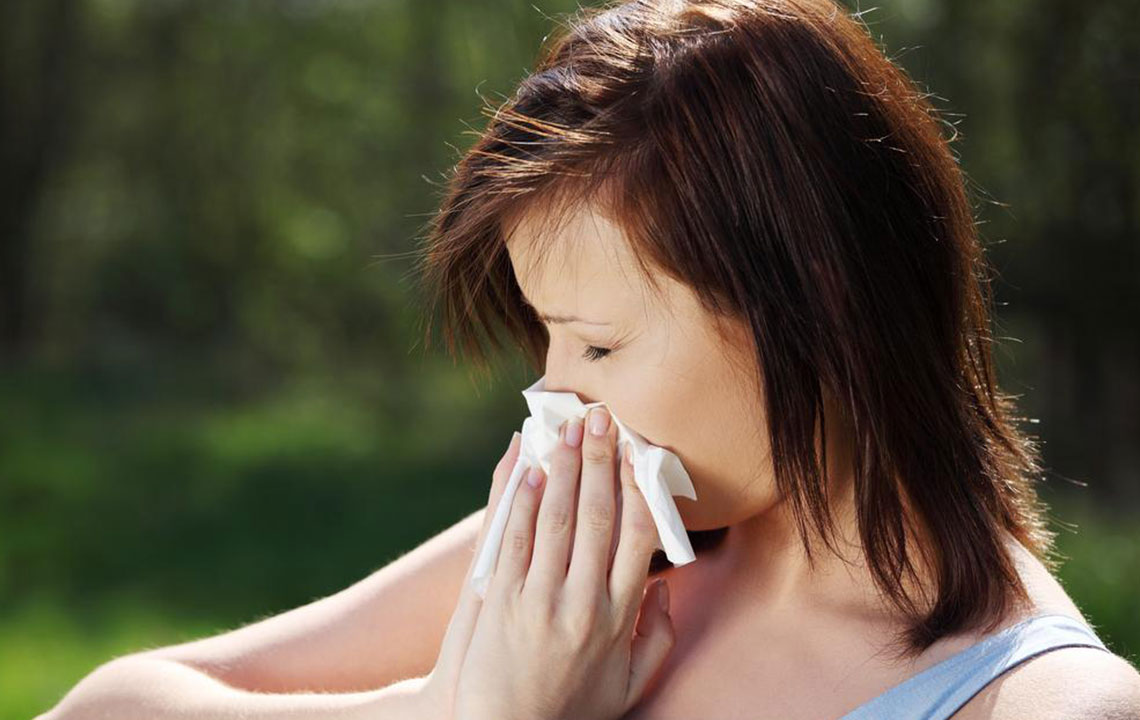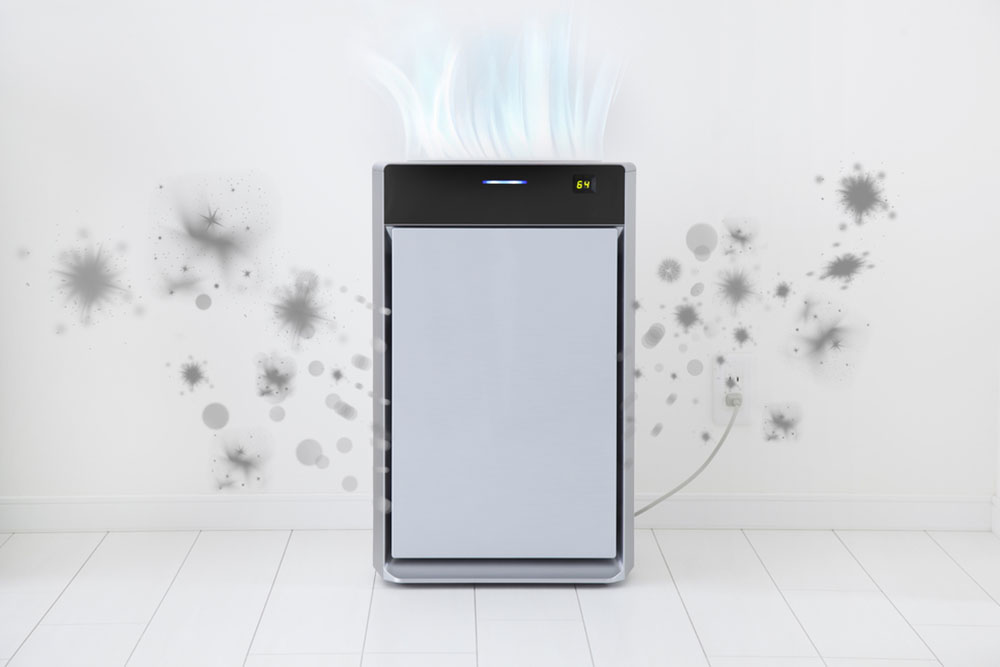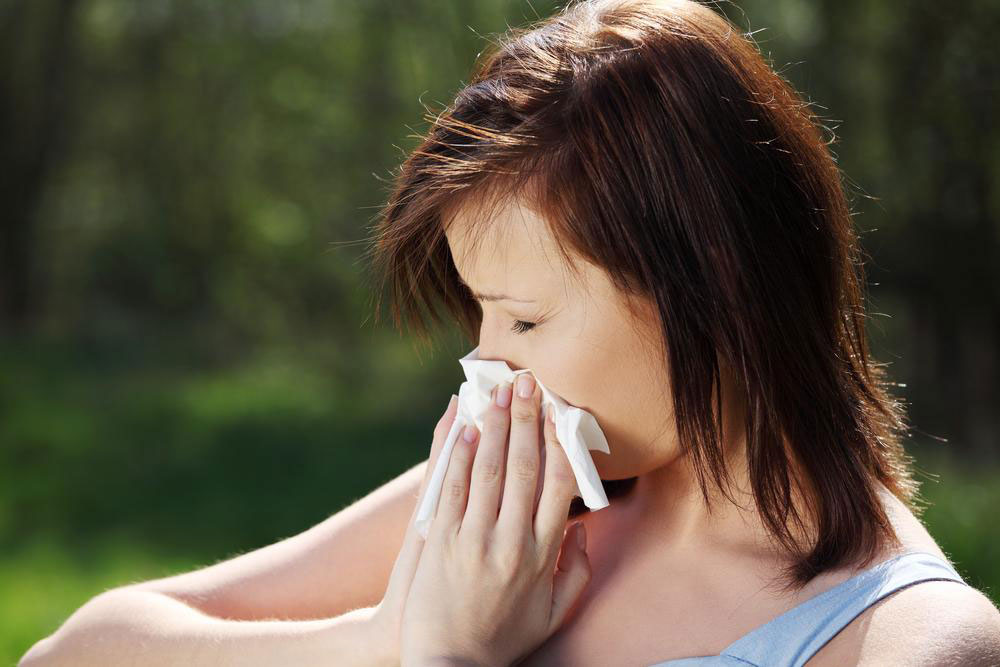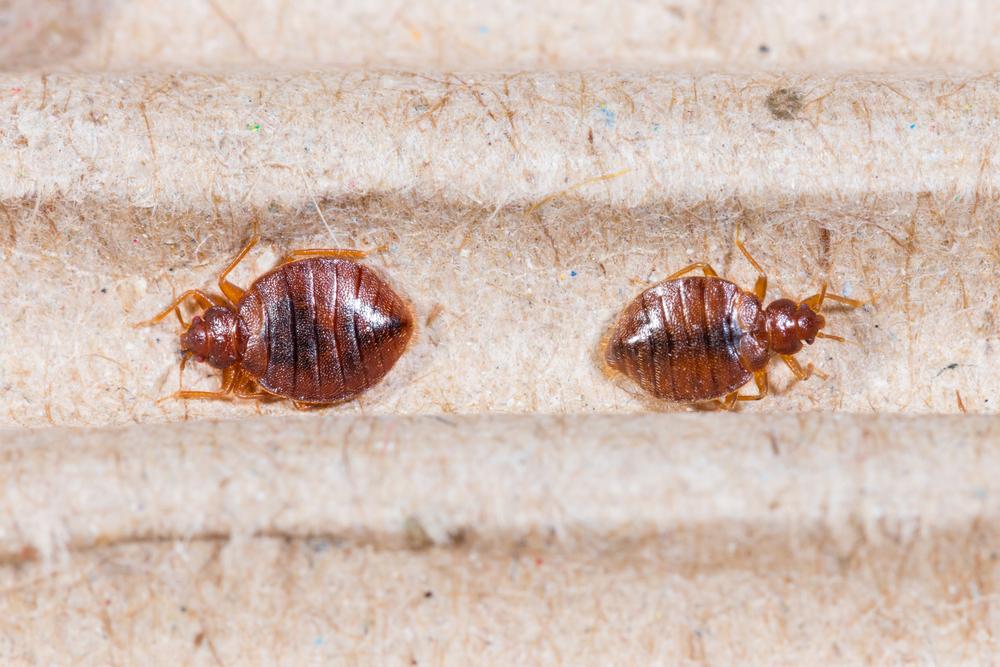Comprehensive Natural and Medical Approaches to Managing Dust Mite Allergies
This comprehensive guide explores natural, household, and medical strategies for managing dust mite allergies. It covers symptom identification, environmental modifications like using HEPA filters and dust-proof bedding, and medical treatments such as antihistamines and immunotherapy. Practical tips for maintaining good hygiene, controlling humidity, and effective cleaning routines are also discussed, helping individuals reduce exposure and ease allergic reactions. Combining these approaches can lead to better health, fewer symptoms, and a more comfortable living environment for allergy sufferers.

Effective Strategies for Managing Dust Mite Allergy Symptoms Naturally and Medically
Dust mites are microscopic creatures commonly found in household dust, and they can significantly impact individuals with allergies. These tiny pests thrive in warm, humid environments and are often present in bedding, upholstery, carpets, and curtains, making them a prevalent trigger for allergic reactions. Managing dust mite allergies requires a multifaceted approach that combines environmental modifications, medical interventions, and lifestyle adjustments to minimize exposure and alleviate symptoms.
Identifying the Symptoms of Dust Mite Allergy
Understanding the signs of dust mite allergy is crucial for proper management. Symptoms can vary from mild to severe and often overlap with other respiratory conditions such as colds or flu. Common indicators include:
Persistent coughing and sneezing
Difficulty breathing or shortness of breath
Asthma attacks or exacerbations
Wheezing sounds during respiration
Nasal congestion and increased mucus production
Itchy nose, throat, and itchy or watery eyes
Dark circles or pigmentation beneath the eyes, often called allergic shiners
Frequent nose rubbing, especially in children
Chest tightness or chest pain
Disrupted sleep due to persistent symptoms
Symptoms worsening during colds or other respiratory illnesses
In mild cases, individuals might experience occasional sneezing or nasal discomfort, but in more severe cases, symptoms can develop into chronic asthma, requiring urgent medical attention. Persistent or worsening respiratory issues should prompt consultation with healthcare professionals to obtain appropriate diagnosis and treatment plans.
It’s important to recognize that cleaning activities, while necessary, can temporarily disturb dust particles, potentially intensifying allergic reactions. Proper precautions are essential during cleaning to avoid aggravating symptoms.
Severe allergic reactions, such as asthma attacks triggered by dust mites, require immediate medical intervention. Continuous monitoring of symptoms and adherence to medical advice are vital. Routine cleaning can sometimes exacerbate symptoms temporarily because dust particles become airborne during sweeping, vacuuming, or dusting activities. Therefore, it’s essential to perform cleaning carefully and strategically.
Effective dust mite allergy management involves a combination of household modifications, protective measures, and medical treatments. Here are detailed strategies to help minimize exposure:
Environmental Modifications
Use HEPA-filter Vacuum Cleaners: Regularly vacuum carpets, rugs, upholstery, and curtains using high-efficiency particulate air (HEPA) filters to trap microscopic dust mites and their allergens effectively.
Replace Carpets with Hard Flooring: Hardwood, tile, or laminate flooring significantly reduces dust accumulation compared to carpets, making cleaning more effective and less allergenic.
Encase Mattresses and Pillows: Invest in dust-proof covers for mattresses, pillows, and bedding to create a barrier against dust mites. These encasements prevent mites from colonizing fabrics and can be washed regularly in hot water.
Wash Bedding Frequently: Launder all bedding, including sheets, pillowcases, and blankets, in hot water (at least 130°F or 54°C) weekly to eliminate dust mites and their allergenic proteins.
Manage Pet Dander and Presence: Keep pets out of bedrooms or areas where you rest, as pet dander can worsen allergy symptoms. Regular grooming and cleaning can also help.
Control Indoor Humidity: Maintain humidity levels below 55% using dehumidifiers or air conditioners, as dust mites thrive in humid environments.
Improve Ventilation: Ensure good airflow in the home by opening windows or installing exhaust fans, which help reduce indoor pollutants.
Regular Damp Dusting and Mopping: Use a damp cloth for dusting surfaces to prevent dust from becoming airborne. Mopping hard floors with water reduces dust buildup effectively.
Install High-Quality Furnace and HVAC Filters: Use filters rated at MERV 13 or higher. Replace or clean filters every six months to ensure optimal air quality.
Medical and Lifestyle Interventions
Medications: Antihistamines, decongestants, corticosteroids, and leukotriene receptor antagonists can help manage symptoms. Always follow healthcare provider recommendations.
Allergy Immunotherapy: Consider allergy shots or sublingual tablets to desensitize your immune system to dust mite allergens, providing long-term relief.
Hygiene and Personal Care: Regular handwashing and maintaining personal hygiene reduce exposure to allergens.
Healthy Lifestyle: Engage in regular exercise and maintain a balanced diet to strengthen your immune system. Adequate sleep is also vital in controlling allergic responses.
Monitor Symptoms: Keep a journal of allergy symptoms to identify triggers and evaluate the effectiveness of management strategies.
Additional Tips for Effective Allergy Control
Plan cleaning activities during times when dust levels are lowest, such as after airing out rooms or using air purifiers.
Educate family members about allergy triggers and prevention measures.
Avoid smoking indoors, as smoke further irritates respiratory pathways and exacerbates allergy symptoms.
Seek professional allergy testing for precise identification and tailored treatment options.
In conclusion, managing dust mite allergies requires persistent effort, environmental awareness, medical treatment, and lifestyle adjustments. Combining these strategies can greatly reduce allergen exposure, alleviate symptoms, and improve overall quality of life. Regular consultation with healthcare providers ensures ongoing support and optimal health outcomes.




